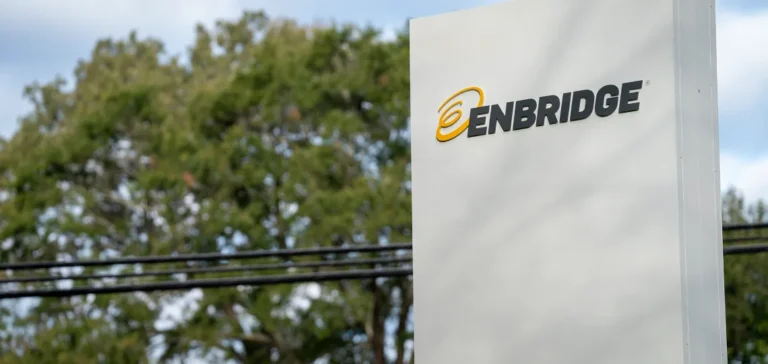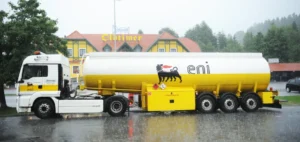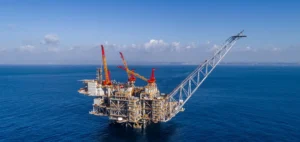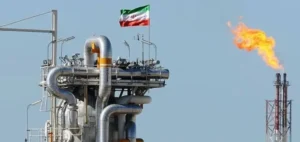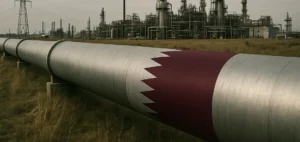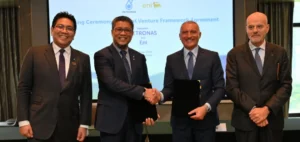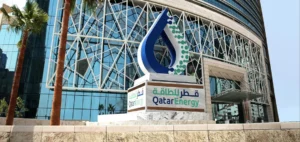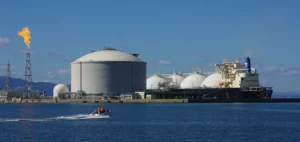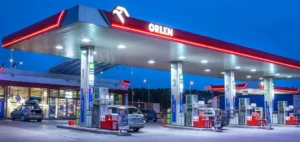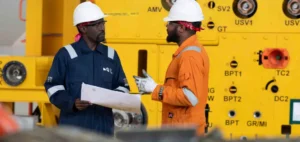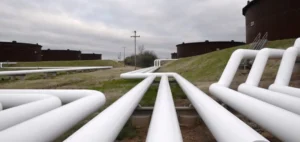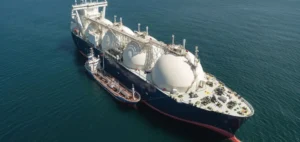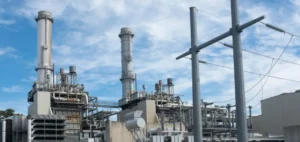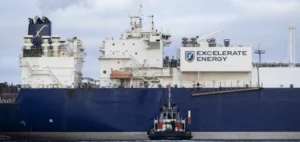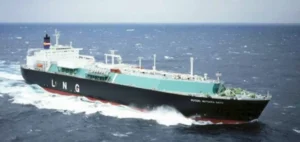Enbridge Gas Ohio stated it is examining its legal options following a recent decision by Ohio’s public regulator significantly reducing its annual revenues as part of its 2023 base rate case filing. This ruling, issued by the Public Utilities Commission of Ohio (PUCO), notably involves a revenue reduction exceeding $30mn, related to the management of retiree pension funds.
Investment repercussions
According to the statement from Enbridge Gas Ohio, published by PRNewswire on June 27, the company expressed concern over potential consequences of this measure on its ability to maintain competitive customer rates. It also highlighted possible negative impacts on Ohio’s attractiveness to energy-sector investors.
The company explicitly stated that PUCO’s $30mn revenue reduction constitutes, in its view, an unjustified penalty related to its sound financial management. According to the company, the pension fund in question benefits from rigorous management, ensuring optimal financial security for retirees without unduly affecting consumer rates.
Current tariff situation
Currently, Enbridge Gas Ohio customers are among those enjoying the lowest natural gas rates in the state. The company emphasises that forced revenue reductions could complicate the long-term maintenance of adequate infrastructure capable of providing stable natural gas supply at controlled costs.
The company also stresses its ongoing commitment to maintaining and developing its networks, affirming that regular investments ensure safe and consistent distribution, crucial for its commercial and industrial operations as well as residential consumption across Ohio.
Next steps for Enbridge
The company now plans a period of thorough analysis of possible legal avenues to contest the regulatory decision, which it considers penalising for its future operations. Enbridge Gas Ohio specifies, however, it will maintain ongoing dialogue with authorities to ensure a favourable outcome for consumers and its own financial and strategic objectives.
Enbridge Gas Ohio is a subsidiary of Enbridge Inc., one of North America’s leading energy companies, particularly specialised in managing natural gas and oil distribution networks.


